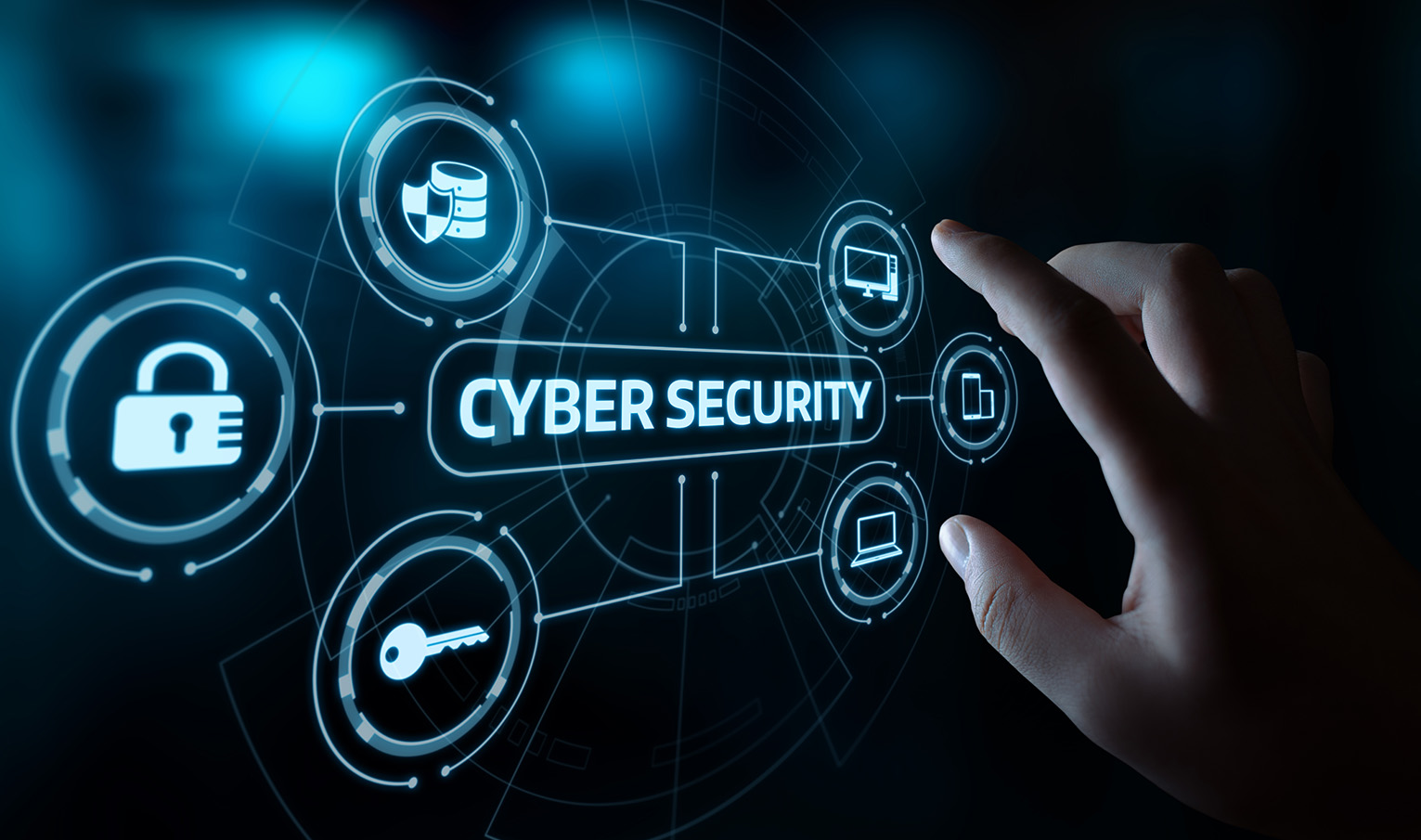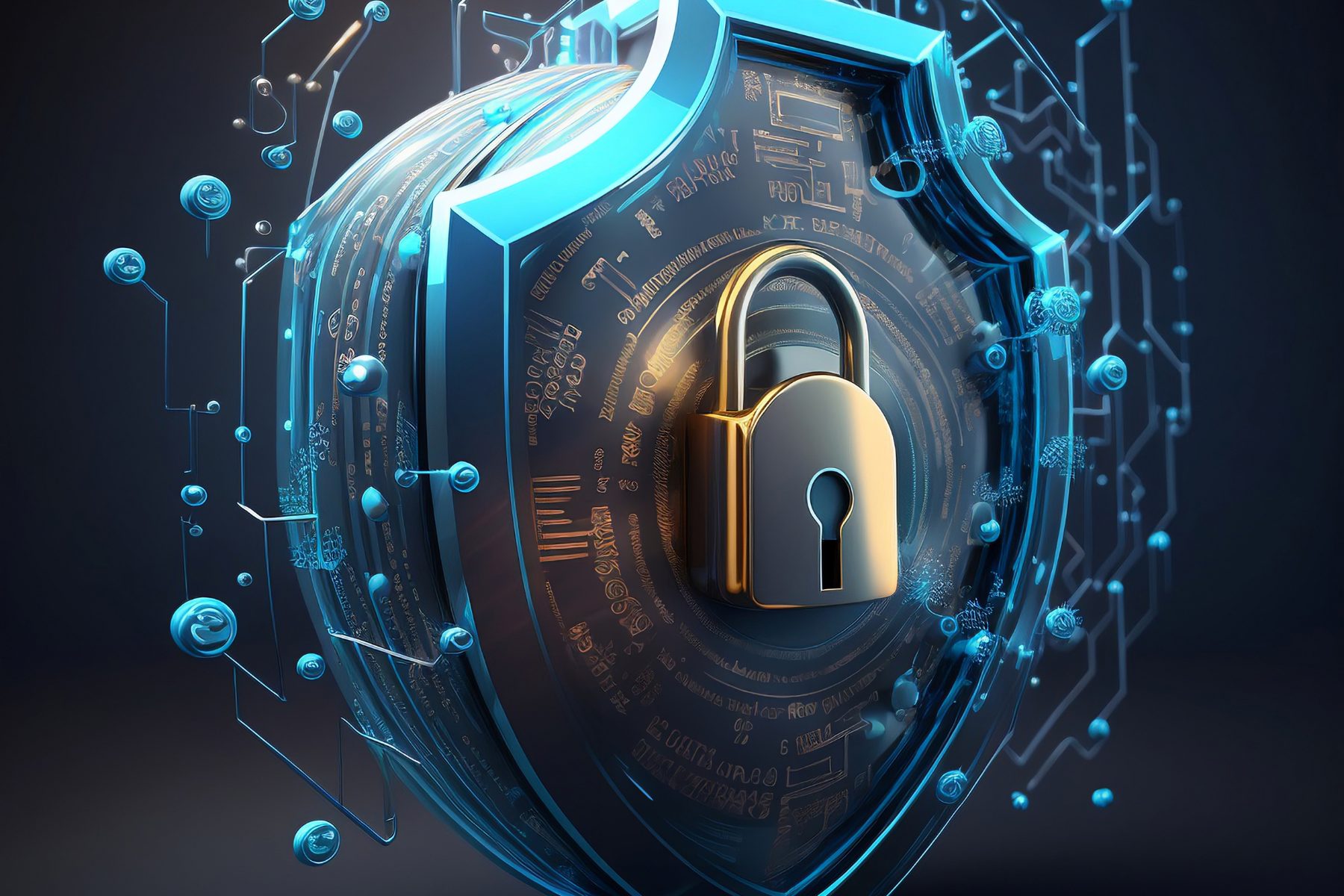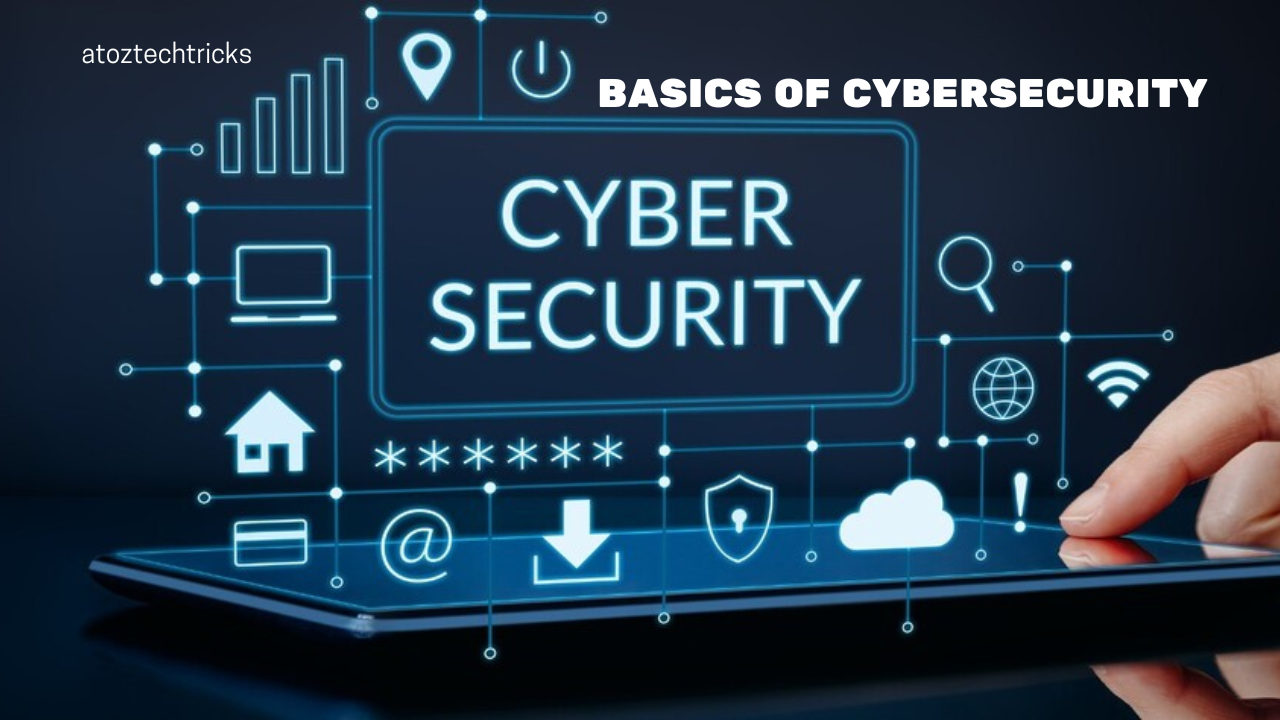In today’s digital age, cybersecurity is more important than ever. With our lives increasingly intertwined with technology, safeguarding our personal information and online activities has become a critical concern. Cyber threats are evolving rapidly, making it essential for individuals to understand the basics of cybersecurity and adopt practices that protect them from various online dangers. This comprehensive guide will walk you through essential cybersecurity concepts and provide actionable tips for enhancing your online safety.
What is Cybersecurity?
Cybersecurity refers to the practice of protecting systems, networks, and data from digital attacks, theft, and damage. It encompasses a wide range of measures and technologies designed to safeguard sensitive information from unauthorized access and cybercriminal activities. The goal of cybersecurity is to ensure the confidentiality, integrity, and availability of data, as well as to maintain the overall security of digital systems.
Key Concepts in Cybersecurity
- Confidentiality: Ensuring that information is accessible only to those authorized to view it. This involves using encryption and access controls to protect sensitive data from unauthorized access.
- Integrity: Ensuring that data remains accurate and unaltered during storage, transmission, and processing. Techniques such as hashing and checksums help verify the integrity of data.
- Availability: Ensuring that data and systems are accessible when needed. This involves protecting against disruptions and ensuring that systems can recover quickly from attacks or failures.
- Authentication: Verifying the identity of users, devices, or systems. This is often achieved through passwords, biometrics, or multi-factor authentication (MFA).
- Authorization: Granting or denying access to resources based on authenticated identities and permissions. Access controls and user privileges are essential for effective authorization.
- Non-repudiation: Ensuring that individuals or entities cannot deny their actions. Digital signatures and audit logs provide evidence of actions and transactions.

Common Cyber Threats
Understanding common cyber threats is crucial for developing effective cybersecurity strategies. Here are some of the most prevalent threats:
1. Phishing
Phishing is a fraudulent attempt to obtain sensitive information by disguising oneself as a trustworthy entity. This is typically done through deceptive emails, messages, or websites that trick users into revealing personal details such as passwords or credit card numbers. To avoid falling victim to phishing:
- Be cautious of unsolicited emails or messages asking for personal information.
- Verify the legitimacy of any request by contacting the organization directly through official channels.
- Look for signs of phishing, such as spelling errors, suspicious links, or unusual requests.
2. Malware
Malware, short for malicious software, refers to various types of harmful programs designed to infiltrate and damage systems. Common types of malware include viruses, worms, trojans, ransomware, and spyware. To protect against malware:
- Install and regularly update antivirus and anti-malware software.
- Avoid downloading files or software from untrusted sources.
- Be cautious of email attachments or links from unknown senders.
3. Ransomware
Ransomware is a type of malware that encrypts a victim’s files and demands a ransom payment to restore access. Ransomware attacks can have severe consequences for individuals and organizations. To mitigate the risk of ransomware:
- Regularly back up important data and store backups securely.
- Keep software and operating systems up to date with security patches.
- Avoid clicking on suspicious links or downloading unknown attachments.
The Challenges and Opportunities of Implementing Smart Home Technology
4. Social Engineering
Social engineering involves manipulating individuals into divulging confidential information or performing actions that compromise security. This can include tactics such as pretexting, baiting, or impersonating trusted individuals. To defend against social engineering:
- Be wary of unsolicited requests for sensitive information.
- Verify the identity of anyone requesting personal details or access to systems.
- Educate yourself and others about common social engineering tactics.
5. Denial of Service (DoS) Attacks
Denial of Service (DoS) attacks aim to overwhelm a system, network, or website with excessive traffic, rendering it unavailable to legitimate users. Distributed Denial of Service (DDoS) attacks involve multiple compromised systems working together to amplify the attack. To protect against DoS attacks:
- Implement network security measures such as firewalls and intrusion detection systems.
- Use content delivery networks (CDNs) to distribute traffic and reduce the impact of attacks.
- Monitor network traffic for unusual patterns that may indicate an ongoing attack.
Tips for Protecting Yourself Online
Adopting good cybersecurity practices can significantly reduce the risk of cyber threats. Here are some essential tips for protecting yourself online:

1. Use Strong, Unique Passwords
Creating strong and unique passwords is one of the simplest yet most effective ways to enhance your online security. Passwords should be:
- Complex: Use a mix of letters (both uppercase and lowercase), numbers, and special characters.
- Lengthy: Aim for at least 12 characters to increase password strength.
- Unique: Avoid using the same password across multiple accounts.
Consider using a password manager to generate and store complex passwords securely.
2. Enable Multi-Factor Authentication (MFA)
Multi-factor authentication (MFA) adds an extra layer of security by requiring users to provide two or more forms of verification before gaining access to an account. Common MFA methods include:
- Something you know: A password or PIN.
- Something you have: A smartphone, hardware token, or smart card.
- Something you are: Biometric data such as fingerprints or facial recognition.
Enable MFA on all accounts and services that offer it to enhance security.
3. Keep Software and Systems Updated
Regularly updating your software, operating systems, and applications is crucial for protecting against known vulnerabilities and security flaws. Updates often include patches and fixes that address newly discovered threats. Set your devices and applications to automatically update whenever possible.
4. Be Cautious of Public Wi-Fi
Public Wi-Fi networks are often less secure and more susceptible to cyber-attacks. When using public Wi-Fi:
- Avoid accessing sensitive information or conducting financial transactions.
- Use a Virtual Private Network (VPN) to encrypt your internet connection and protect your data.
- Disable automatic connections to open Wi-Fi networks.
5. Secure Your Devices
Securing your devices is essential for preventing unauthorized access and protecting your data. To enhance device security:
- Use strong passwords or PINs to lock your devices.
- Enable biometric authentication (e.g., fingerprint or facial recognition) if available.
- Install security software and keep it up to date.
- Encrypt your devices to protect data in case of loss or theft.
6. Monitor Your Accounts
Regularly monitoring your online accounts and financial statements can help detect suspicious activity early. Check for:
- Unauthorized transactions or changes to your accounts.
- Unusual login activity or security alerts.
- Changes to your personal information that you did not initiate.
Report any suspicious activity to the relevant organizations or authorities immediately.
7. Educate Yourself and Others
Staying informed about the latest cybersecurity threats and best practices is crucial for maintaining online safety. Educate yourself and others about:
- Current cyber threats and how to recognize them.
- Safe online behaviours and practices.
- How to respond to and report potential security incidents.
Consider participating in cybersecurity training or awareness programs to stay up to date.
8. Backup Your Data
Regularly backing up your data is a vital precautionary measure in case of data loss or ransomware attacks. To ensure effective backups:
- Use reliable backup solutions and store backups in a secure location.
- Perform regular backups of important files and data.
- Test your backups periodically to ensure they can be restored if needed.
9. Be Mindful of Social Media Privacy
Social media platforms can be a source of personal information that may be exploited by cybercriminals. To protect your privacy on social media:
- Review and adjust your privacy settings to control who can see your information.
- Avoid sharing sensitive or personal information publicly.
- Be cautious of friend requests or messages from unknown individuals.
10. Protect Your Email Accounts
Email accounts are often targeted by cybercriminals for phishing and account takeover attempts. To safeguard your email accounts:
- Use strong, unique passwords and enable MFA.
- Be cautious of email attachments and links from unknown senders.
- Regularly review your email account settings and security options.

Understanding the basics of cybersecurity and adopting proactive measures are essential steps in protecting yourself online. By staying informed about common cyber threats, implementing best practices, and remaining vigilant, you can significantly reduce the risk of cyber-attacks and safeguard your personal information.
Remember, cybersecurity is an ongoing process, and staying up to date with the latest developments and threats is crucial for maintaining a secure online presence. By following the tips outlined in this guide, you can take control of your online security and protect yourself from the ever-evolving landscape of cyber threats.
Exploring the Ethical Implications of Artificial Intelligence



